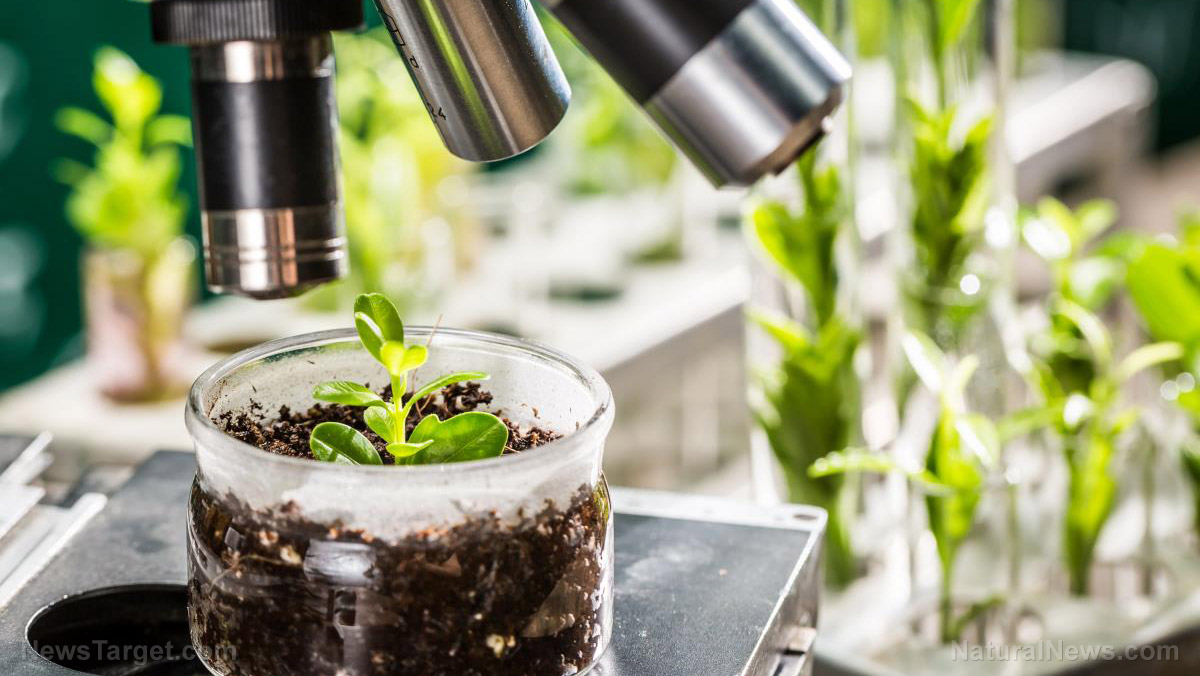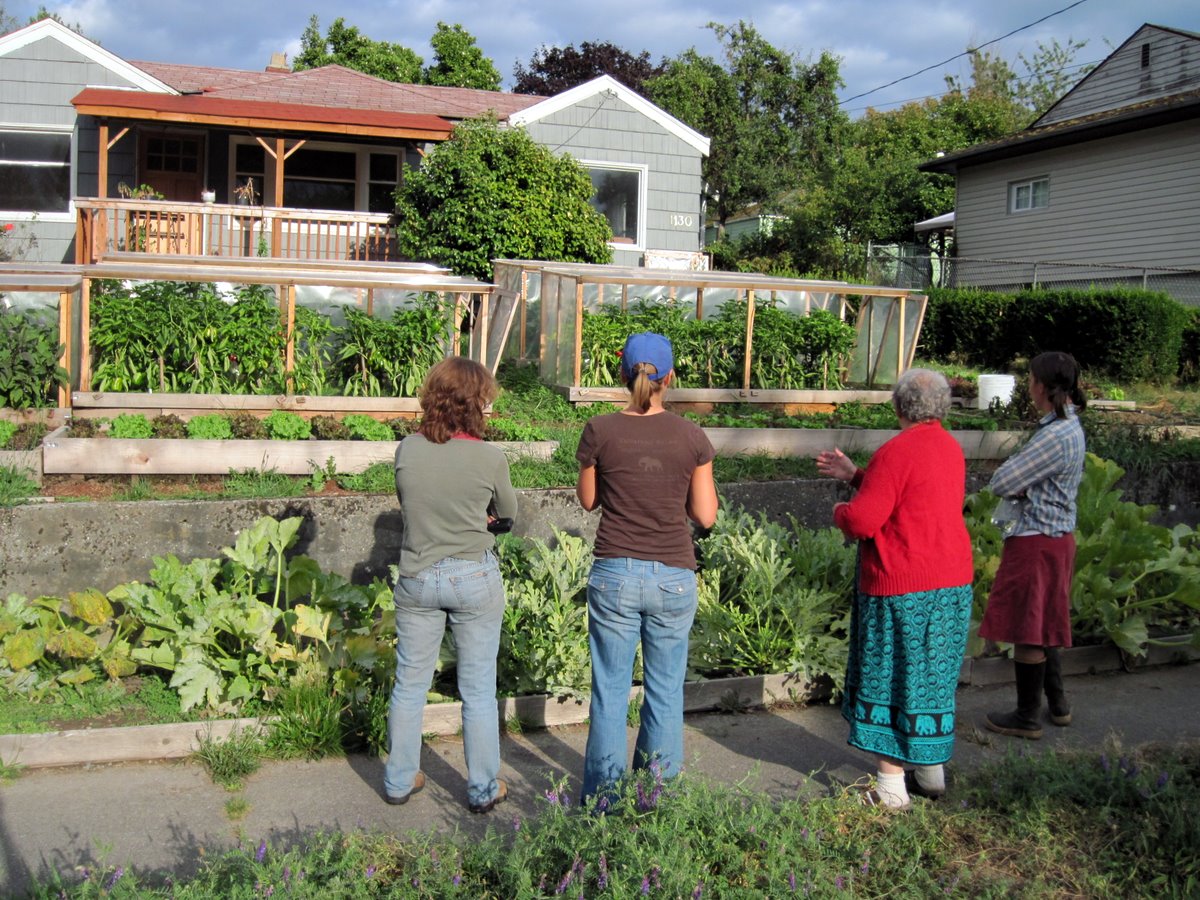Study reveals people using toxic personal care products are the “greatest pollutants” of office air
10/22/2020 / By Michael Alexander

A recent study presented by a team of researchers from Purdue University has revealed that humans are the biggest sources of air pollutants in an indoor setting because of the toxins in the personal care products they use.
According to the researchers, this is mainly because humans emit substances known as volatile organic compounds (VOCs). These compounds, as noted by the American Lung Association, are commonly found in products such as cleaners and disinfectants, as well as cosmetics and deodorants, among others.
Humans affect air quality
According to Brandon Boor, an assistant professor of civil engineering at Purdue, the research team was able to arrive at this conclusion after analyzing data gathered by a sensor system they installed inside the shared office spaces at Purdue’s Ray W. Herrick Laboratories.
The system, which had a proton transfer reaction time-of-flight mass spectrometer at its core, was designed to check for the presence of VOCs. It can also be used to see how human presence may affect air quality in an indoor environment in real-time.
“The chemistry of indoor air is dynamic. It changes throughout the day based on outdoor conditions, how the ventilation system operates, and occupancy patterns in the office,” Boor said. He added that their data offered proof that people and ventilation systems affected the chemistry and quality of indoor air on a scale greater than what was previously thought.
“Our preliminary results suggest that people are the dominant source of volatile organic compounds in a modern office environment,” he added.
Boor noted that some of the compounds were actually present in much higher levels indoors. One such compound was isoprene, a flammable substance present in essential oils. This substance, the researchers said, was identified in the breath of people working in the office. (Related: It’s in the air: Air pollution can increase the risk of atherosclerosis, study says.)
Another compound, ozone, was also detected inside the office. This compound – used to treat chemical wastes and bleach paper, among others – is already dangerous to human health on its own. According to the researchers, however, it becomes even more harmful in an indoor environment. This is because it interacts with monoterpenes, a class of compounds present in the peel of citrus fruits.
When ozone interacts with monoterpenes, they form different particles, some of which can even penetrate and get stuck deep within lung tissue. This, the researchers said, is what makes it a health threat.
What’s more alarming, Boor said, is that based on their analysis of the data gathered by the spectrometer, isoprene and many of the other volatile compounds they detected, tend to linger in the office even after people have left the room.
“If we want to provide better air quality for office workers to improve their productivity, it is important to first understand what’s in the air and what factors influence the emissions and removal of pollutants,” explained Boor.
Removing air pollutants from indoor spaces
Filtering out volatile organic compounds and other air pollutants from indoor spaces is very important since these are linked to many health issues such as headaches, eye, nose and throat irritation, shortness of breath, fatigue, nausea, dizziness and even skin problems.
Here are some steps that one can take to clear out pollutants from indoor spaces:
- Add greenery. Indoor plants such as snake plants, pothos or devil’s ivy, cast iron plants, spider plants and Monstera plants are good for filtering out toxins from the air. They are also tolerant of low-light environments, making them perfect for offices and other indoor spaces.
- Use essential oils. Lavender, lemongrass and orange-blossom oils are effective when it comes to freshening up the air. Just make sure that you’re using organic and all-natural ones.
- Invest in a good quality air purifier. If you have the budget for it, get an air purifier that has a built-in High-Efficiency Particulate Air (HEPA) filter. This will ensure that the ambient air is cleaned thoroughly.
For more articles on air pollution and the environment, visit Environ.news.
Sources include:
Tagged Under: airborne toxins, isoprene, lung disease, ozone, ozone exposure, research, volatile organic compounds
RECENT NEWS & ARTICLES
COPYRIGHT © 2017 GREEN LIVING NEWS

















